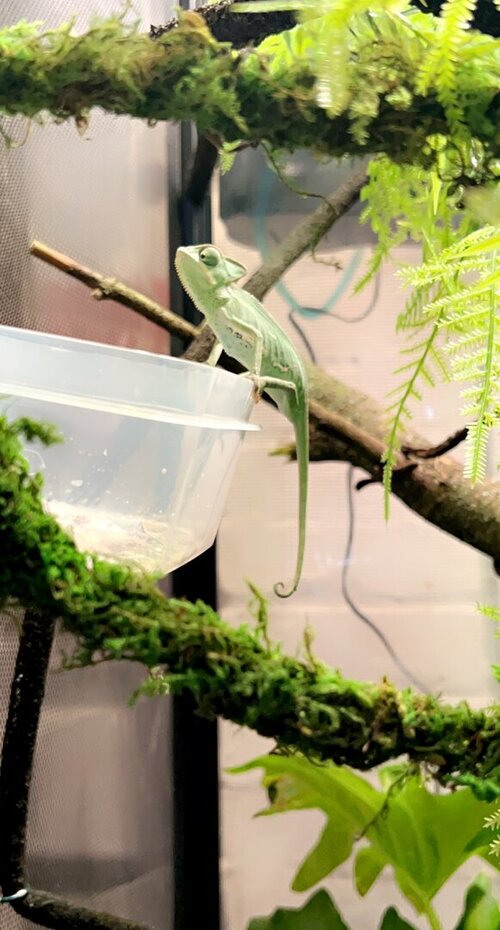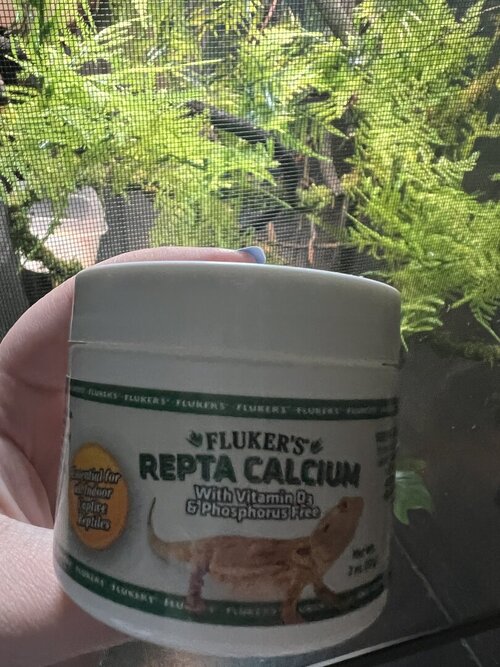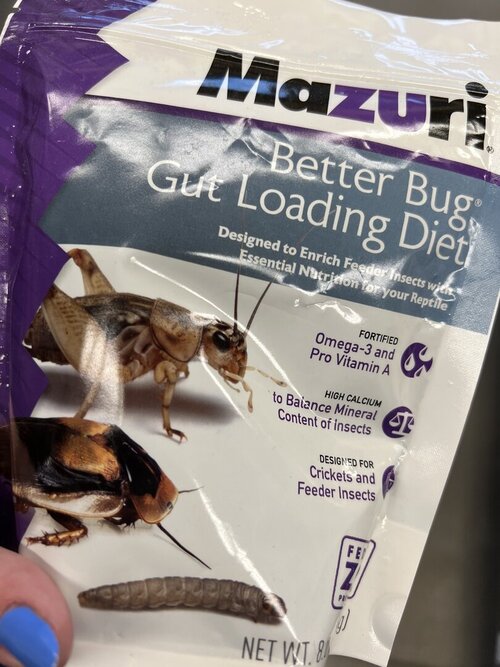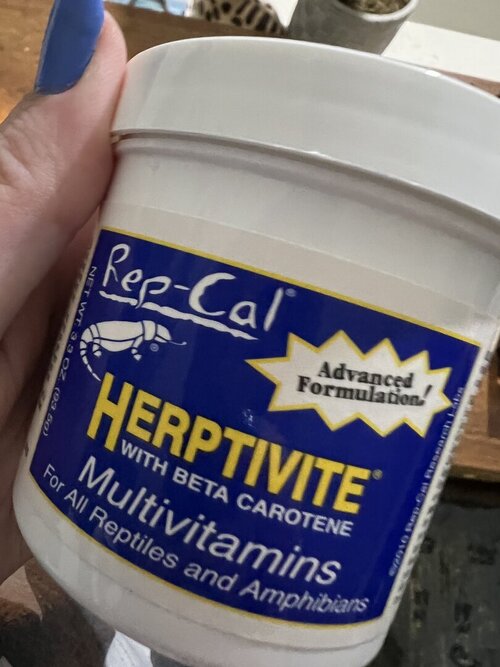Destany
Member
My chameleon olive has plenty of crickets to eat but just isn’t eating them. If we put them in front of her and hand feed she will eat one or two but she isn’t just eating on her own like she had been since we got her.
I also noticed she is laying down on her basking spot during the day she closes her eyes a lot during the day. She didn’t do this before either.
She shed last week.
She still is moving around and exploring, she just recently started climbing on the screen of her cage.
I also noticed she is laying down on her basking spot during the day she closes her eyes a lot during the day. She didn’t do this before either.
She shed last week.
She still is moving around and exploring, she just recently started climbing on the screen of her cage.










